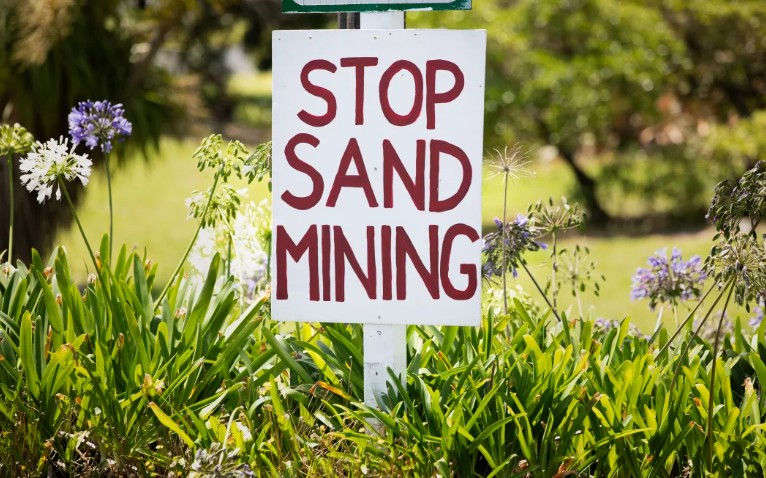Hundreds of Sandcastles, One Message: Protect Our Ocean
- Natalie Jessup

- Oct 29
- 2 min read
Four hundred and eighty-five people gathered at Ruakākā, Te Akau Bream Bay last weekend to send an important message: some treasures are too precious to mine. The event, organised by the Bream Bay Guardians, broke an unofficial world record for the most people making sand sculptures simultaneously, surpassing the previous record of 396 set in Belgium.
Across the beach, groups of people worked together to create octopuses, sea turtles, dolphins, manta rays, and whales from the very sand that sustains them.

A Closed System Under Threat
Bream Bay faces a critical challenge. Mining company, McCallum Bros Ltd has applied for a fast-tracked consent to extract 8 million cubic metres of sand from the seabed over 35 years.
Mary Sinclair of Bream Bay Guardians explains, this bay operates as a "closed sand system." The sand taken from the ocean floor won't be replaced by the sea—instead, the holes will gradually fill with sand eroded from the beaches themselves.
This coastline supports diverse species, from the shellfish buried in the sand to the seabirds that feed along the shore, to the dolphins and whales that navigate these waters. When we disrupt the foundation of an ecosystem, we endanger everything that depends upon it.
Josephine Te Pirihi of local hapū Patuharakeke composed a waiata for the occasion titled "Waiho Ngā Whare Onepū"—Leave Our Sandcastles Alone. "Sand mining will affect our kai moana, the manu [birds] and all the environment that's around here," she says.

The Power of Community Action and a Healthy Vision
The Bream Bay community invited the community, especially young people, to imagine and create a vision of healthy oceans, healthy beaches, and healthy dunes. The turnout included freshly elected district and regional councillors, two mayors, and families spanning multiple generations.

Why This Matters for Endangered Species
Coastal ecosystems are among the most biodiverse and threatened environments on Earth. In this area our beaches and foreshore serve as critical habitats for:
Tara iti, NZ Fairy Tern - the most endangered bird in Aotearoa - which nests at Waipū in Bream Bay
Other at-rish shorebirds that depend on intertidal zones for feeding and breeding
Marine invertebrates that form the base of coastal food webs
Fish populations that use shallow coastal waters as nurseries
Marine mammals that navigate and feed in coastal zones
When we mine sand from the ocean floor we remove habitat, disrupt food chains, and accelerate erosion that threatens terrestrial and marine species alike.

A Model for Others
The Ruakākā Beach gathering offers inspiration for environmental advocacy that other communities can follow and we tautoko the collective efforts of everyone involved. Together you have shown through action the importance of:
Giving young people agency in protecting their future.
Making it creative and transforming protest into celebration and art.
Building broad coalitions by bringing together mana whenua, local families, elected officials, and concerned citizens.
Telling the story and helping people understand the connections between sand, sea, and survival.
The Endangered Species Foundation supports community-led restoration and protection efforts in Aotearoa. When communities come together to protect their local ecosystems, they protect endangered species for all of us.




